Introduction
Mulberry wine, a delightful and nutritious beverage derived from the fermented juice of mulberry fruits, has garnered attention worldwide for its unique flavor, vibrant color, and potential health benefits. This ancient drink, often associated with traditional medicine and folklore, boasts antioxidants, vitamins, and minerals that contribute to its appeal. However, like any fine wine, the quality and enjoyment of mulberry wine can be significantly influenced by its storage conditions. In this comprehensive guide, we will delve into the various preservation methods for mulberry wine, ensuring that you can savor its full potential for as long as possible.
Understanding Mulberry Wine
Before discussing preservation methods, it’s crucial to understand the basics of mulberry wine. Mulberries (Morus species) are small, sweet, and slightly tart fruits that grow on mulberry trees. These fruits are rich in antioxidants, particularly anthocyanins, which give them their vibrant purple-to-black hue. When fermented, mulberry juice transforms into an alcoholic beverage with a complex flavor profile, often described as sweet, fruity, and slightly floral with hints of earthiness.
Mulberry wine can be made in various styles, ranging from sweet to dry, depending on the fermentation process and the addition of sugars or other ingredients. The quality of the final product also depends on factors such as the ripeness of the mulberries, the yeast strain used for fermentation, and the aging process.

The Importance of Proper Preservation
Proper preservation of mulberry wine is vital for several reasons:
-
Flavor Preservation: Wine’s flavor profile is delicate and can degrade over time if not stored correctly. Proper preservation helps maintain the balance of flavors, ensuring that each sip offers the intended experience.
-
Color Retention: Mulberry wine’s vibrant color is a key aesthetic feature. Proper storage conditions can prevent fading and maintain the wine’s attractive appearance.
-
Prevention of Oxidation: Oxygen exposure can lead to the breakdown of compounds in wine, resulting in off-flavors and aromas. Preservation techniques aim to minimize oxygen exposure.
-
Extension of Shelf Life: With proper care, mulberry wine can be enjoyed for months or even years after bottling, depending on its style and quality.
Basic Preservation Principles
Effective preservation of mulberry wine revolves around several fundamental principles:
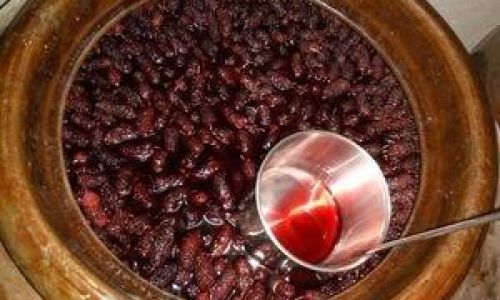
-
Temperature Control: Wine should be stored at a consistent temperature, ideally between 50°F and 55°F (10°C and 13°C). Fluctuations in temperature can cause the wine to expand and contract, potentially leading to seepage through the cork or damage to the bottle.
-
Humidity Management: Maintaining an optimal humidity level, usually around 65-75%, is crucial. This prevents the cork from drying out and becoming brittle, which could allow oxygen to seep into the bottle.
-
Light Exposure: Direct sunlight and UV rays can degrade the chemical components in wine, leading to premature aging and flavor loss. Store mulberry wine in a dark environment or use UV-blocking wine storage solutions.
-
Vibration and Movement: Constant vibration or movement can disturb the sediment in aged wines and disrupt the wine’s chemical balance. Store bottles in a stable, vibration-free environment.
-
Bottle Position: For long-term storage, it’s best to store bottles on their sides to keep the cork moist. This prevents cork shrinkage and subsequent leakage.
Specific Preservation Methods
Now, let’s explore some specific preservation methods tailored to mulberry wine.
Cellar Storage
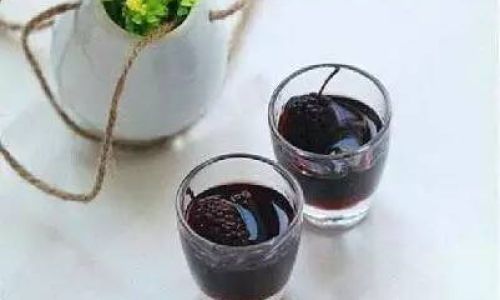
A wine cellar is the ideal environment for storing mulberry wine. It provides the necessary temperature and humidity control, as well as protection from light and vibrations. If you have access to a wine cellar or can create one in your home, here are some tips for optimal storage:
- Insulation: Ensure the cellar is well-insulated to maintain consistent temperatures.
- Ventilation: Proper ventilation helps regulate humidity levels.
- Shelving: Use wooden or metal racks to store bottles horizontally.
- Monitoring: Regularly check the temperature and humidity levels to ensure they remain within the optimal range.
Wine Refrigerators
For those who don’t have a wine cellar, a wine refrigerator is an excellent alternative. These appliances are designed to mimic the conditions of a wine cellar, offering precise temperature and humidity control. When choosing a wine refrigerator, consider the following:
- Capacity: Select a model that can accommodate your wine collection.
- Zones: Some wine refrigerators have dual or multi-zones, allowing you to store different types of wine at their optimal temperatures.
- Noise Level: Look for a refrigerator with a quiet operation to avoid disturbing the wine’s sediment.
- Energy Efficiency: Choose an energy-efficient model to reduce your carbon footprint.
Wine Cabinets
Wine cabinets are another option for storing mulberry wine, particularly in smaller spaces. These units are similar to wine refrigerators but often have more stylish designs and can be placed in living rooms or dining areas. When selecting a wine cabinet, consider:
- Design: Choose a cabinet that complements your home decor.
- Temperature Control: Ensure it offers adjustable temperature settings.
- Security: Look for cabinets with locking mechanisms to protect your collection.
- Accessibility: Select a model with easy-to-access shelves for frequent retrieval of bottles.
In-Home Storage Solutions
If you don’t have the budget or space for a dedicated wine storage unit, there are still ways to store mulberry wine at home:
- Cool, Dark Corner: Find a cool, dark corner in your home, such as a basement or closet, to store your wine. Avoid areas near heat sources like radiators or appliances.
- Wine Racks: Use wine racks to store bottles horizontally, ensuring the corks stay moist.
- Humidity Control: Place a humidity tray or use a humidifier to maintain optimal humidity levels.
- Light Blocking: Use curtains or shades to block out direct sunlight.
Commercial Storage

For collectors with extensive mulberry wine collections, commercial storage facilities may be the best option. These facilities offer professional-grade storage conditions, including temperature and humidity control, security, and insurance. When choosing a commercial storage service, consider:
- Location: Select a facility that is conveniently located for easy access.
- Reputation: Research the facility’s reputation and read reviews from other clients.
- Services: Look for additional services such as wine valuation, insurance, and delivery options.
- Cost: Compare pricing to ensure it fits within your budget.
Handling and Serving Mulberry Wine
Proper handling and serving techniques can also contribute to the preservation of mulberry wine. Here are some tips:
- Opening Bottles: Use a wine key or corkscrew to gently remove the cork. Avoid using a screwdriver or other tools that could damage the cork or push sediment into the wine.
- Decanting: For aged mulberry wines, decanting can help separate the sediment from the liquid. Pour carefully to avoid disturbing the sediment.
- Serving Temperature: Serve mulberry wine at its optimal temperature, usually between 50°F and 60°F (10°C and 16°C). This enhances its flavor and aroma.
- Glassware: Use wine glasses designed for red wines, which have a larger bowl to allow for better aroma release.
Conclusion
Preserving mulberry wine is a delicate balance of maintaining optimal conditions to ensure its flavor, color, and overall quality are preserved for as long as possible. By understanding the basic principles of wine preservation and exploring various storage methods, from cellars and refrigerators to in-home solutions and commercial facilities, you can ensure that your mulberry wine collection remains in prime condition. Remember, the key to successful preservation lies in consistency: maintaining a stable environment with minimal temperature fluctuations, appropriate humidity, and protection from light and vibrations. With proper care, you can enjoy the full potential of your mulberry wine, savoring its unique flavors and aromas for years to come.
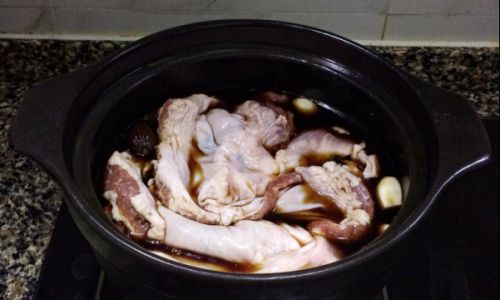

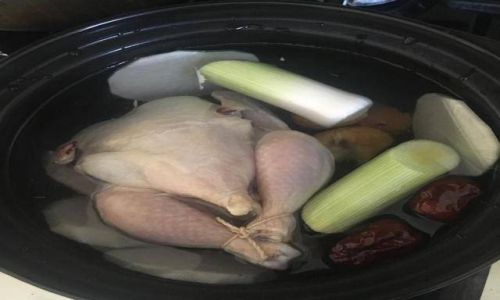
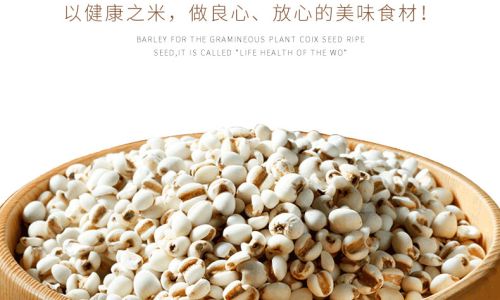

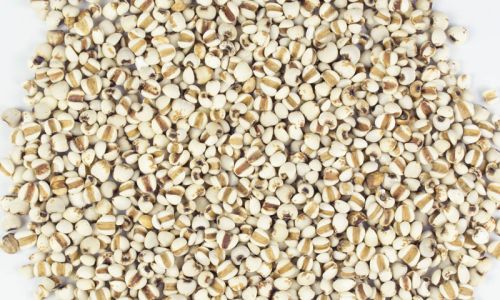
0 comments